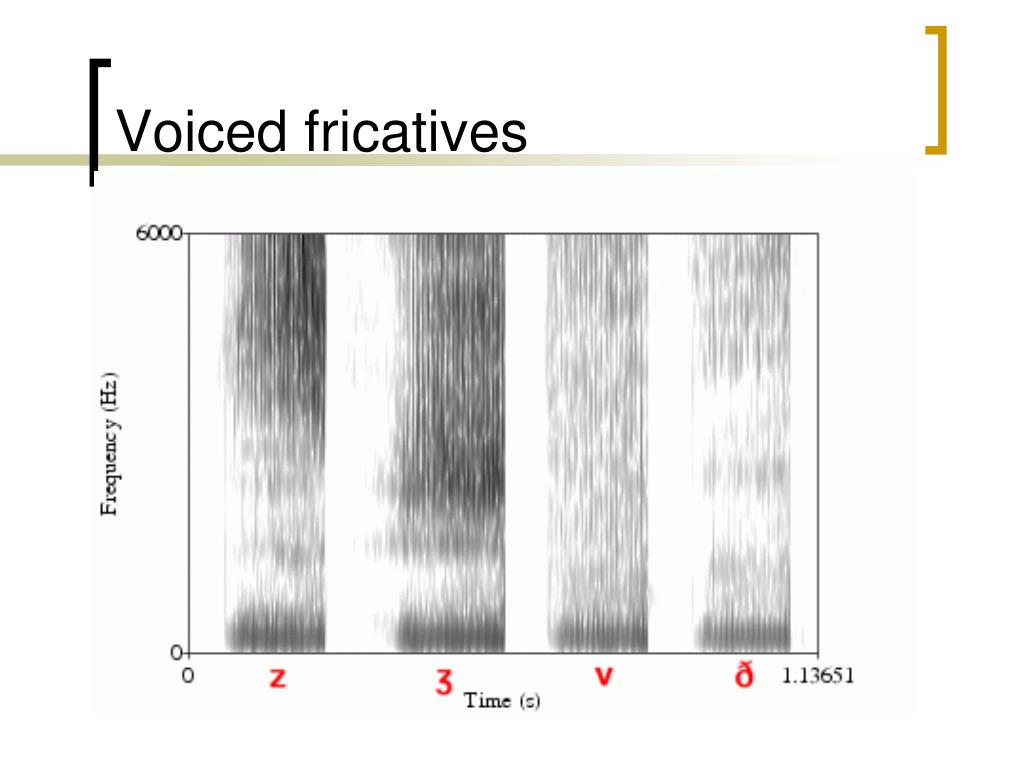

Formants occur, and are seen on spectrograms, around frequencies that correspond to the resonances of the vocal tract, i.e. periodic voice vibrations or aperiodic hissing) and the result of the filtering is the sound you can hear and record outside the lips and show on a spectrogram. The vocal tract filters a source sound (e.g.

To understand why, you must recall the source-filter theory of speech production. When you look at a spectrogram, like this example, you will see formants everywhere, in both vowels and consonants.Then the next is just above that, between 2 and 3kHz. The next formant occurs just above these, between 1 and 2 Khz. The green arrows at F on this spectrogram point out six instances of the lowest formant.The darker a formant is reproduced in the spectrogram, the stronger it is (the more energy there is around its frequency, or the more audible it is): Formants can be seen very clearly in a wideband spectrogram, where they are displayed as dark bands.Each formant corresponds to a resonance mode of the vocal tract. The true range depends on the actual length of the vocal tract. The corresponding range for average women is one formant every 1100Hz. There are several formants, each at a different frequency, roughly one in each 1000Hz band for average men. A formant is a concentration of acoustic energy around a particular frequency in the speech wave.


 0 kommentar(er)
0 kommentar(er)
